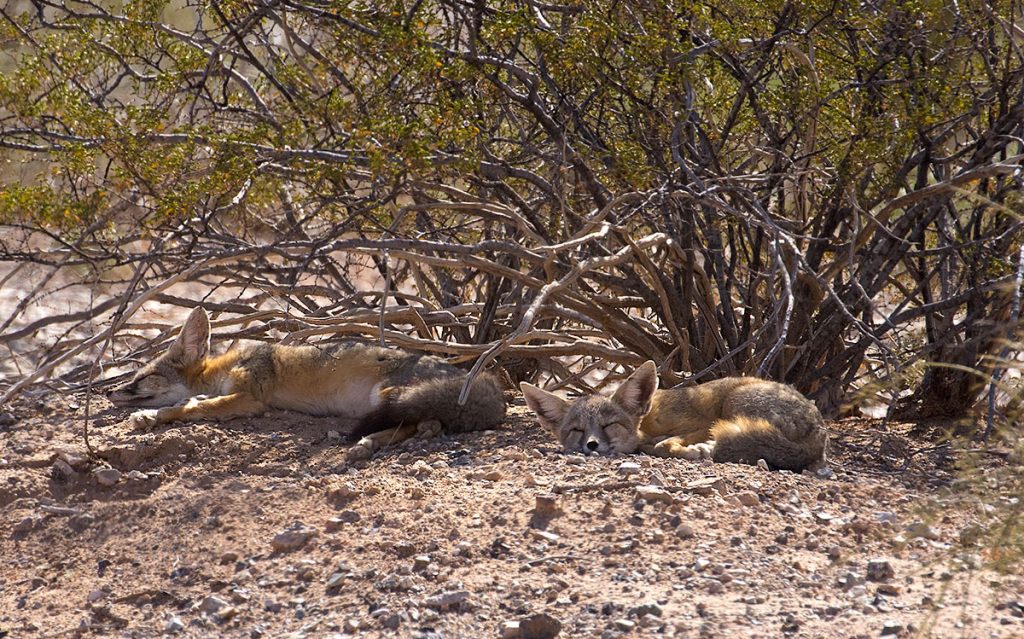It is that time of year again, where there is so much to do I can’t decide what to do next. One result is I don’t get much sleep. I finally caught up on sleep last night.



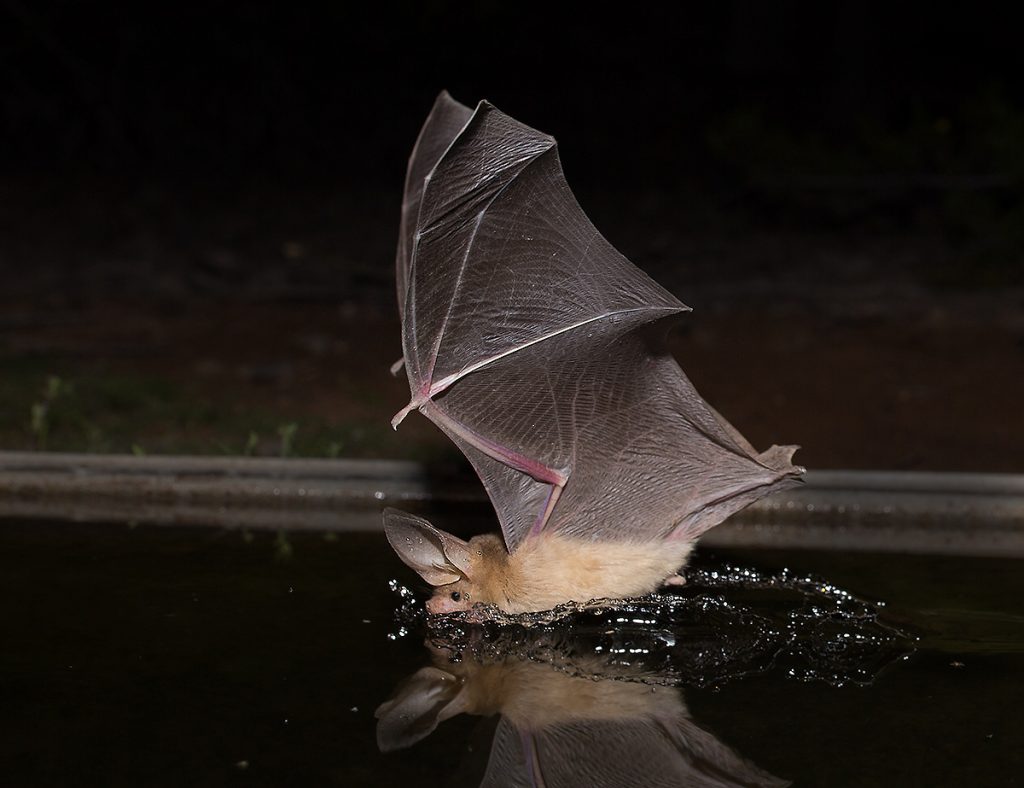
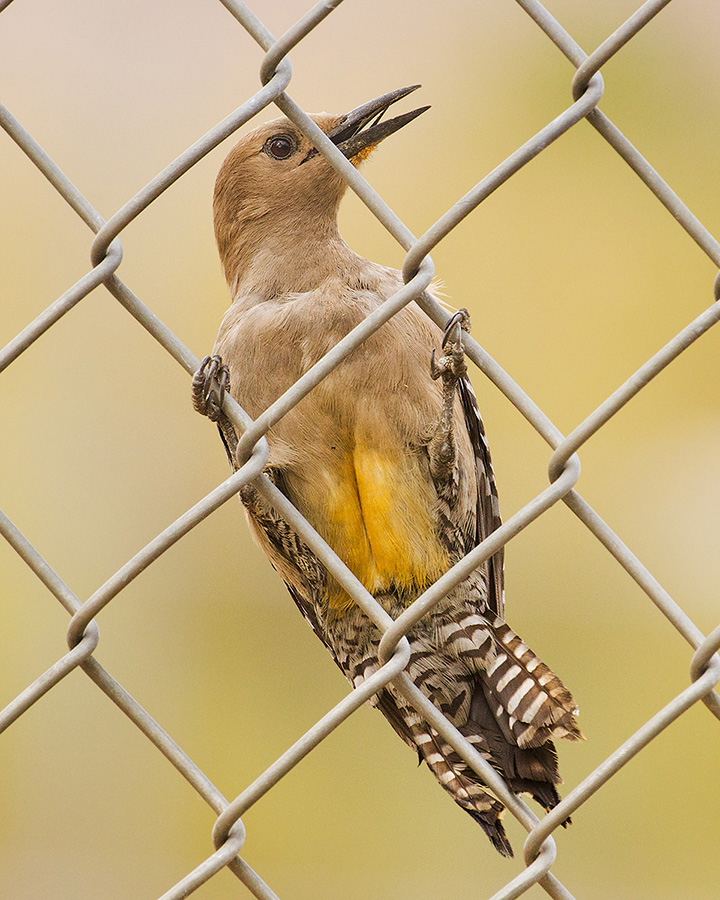
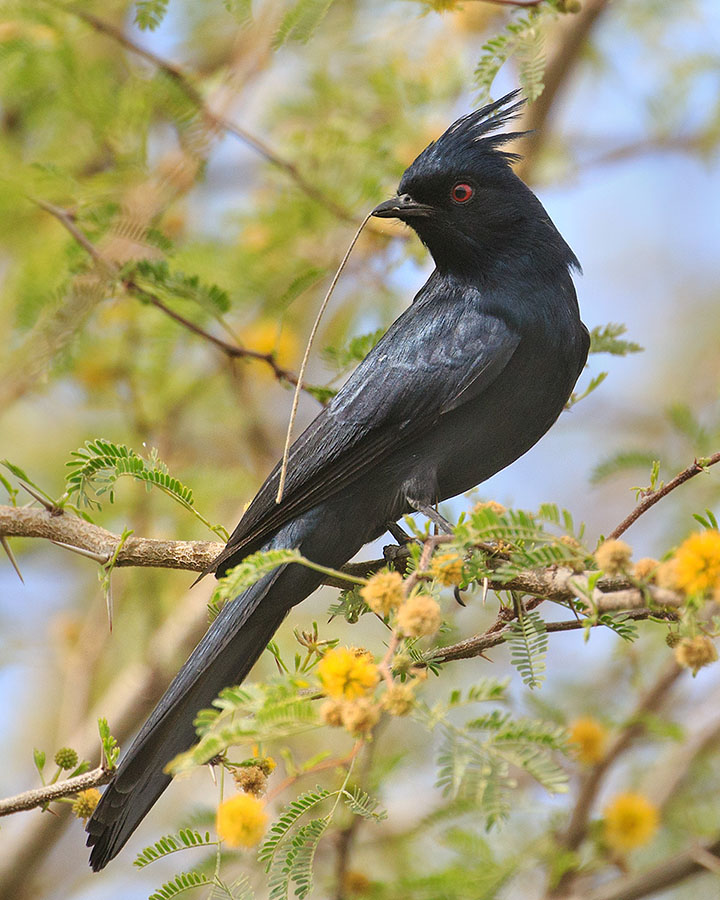
It is that time of year again, where there is so much to do I can’t decide what to do next. One result is I don’t get much sleep. I finally caught up on sleep last night.






I mentioned in my other post about quasars that there was another project I wanted to work on. This is it. This is one of those images I did just to see if I could do it. The Twin Quasar was discovered in 1979 and is the first gravitationally lensed object identified, thus proving Albert Einstein’s prediction from his General Theory of Relativity. Einstein thought that humans would never be able to actually observe this effect, but it has now been observed numerous times.


Friday afternoon I drove back out to Valentine Well. The weather wasn’t as warm as I had hoped but I still thought I could get some decent bat activity. About a mile before the well, I saw a sight that one does not often see here in the heart of the Sonoran Desert, an Osprey.

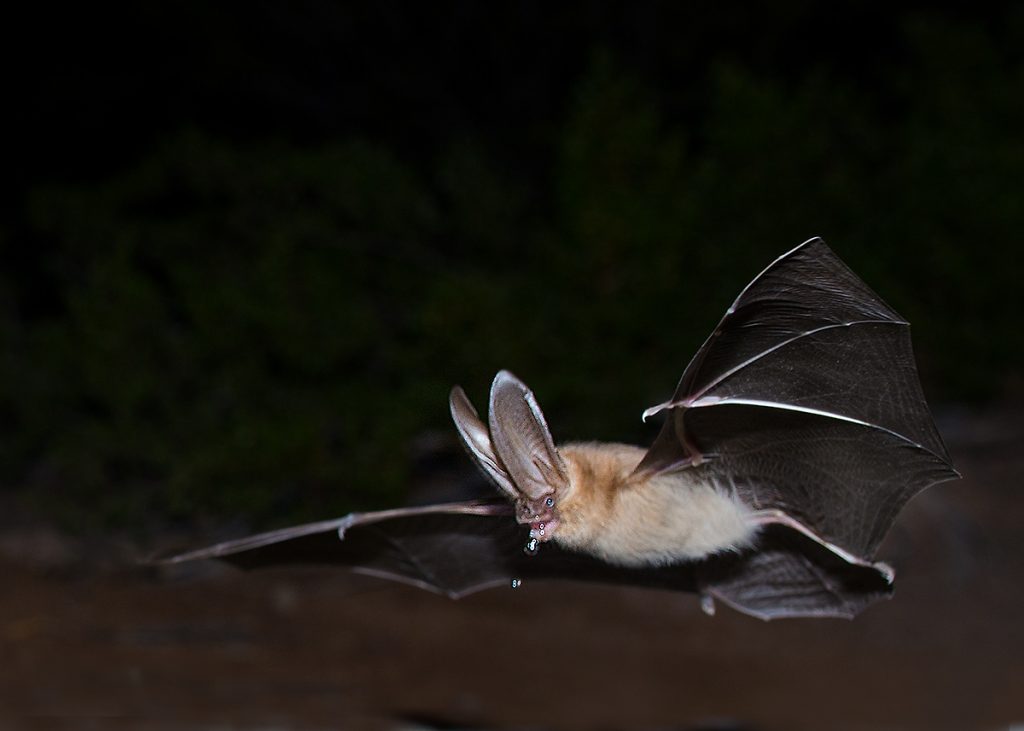
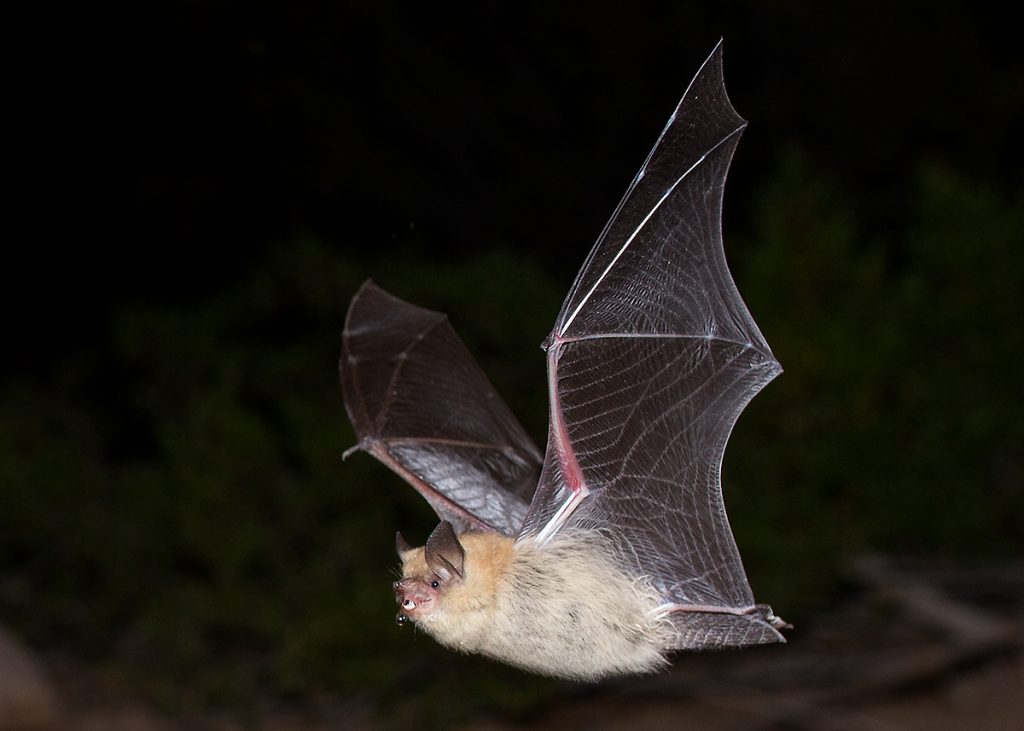
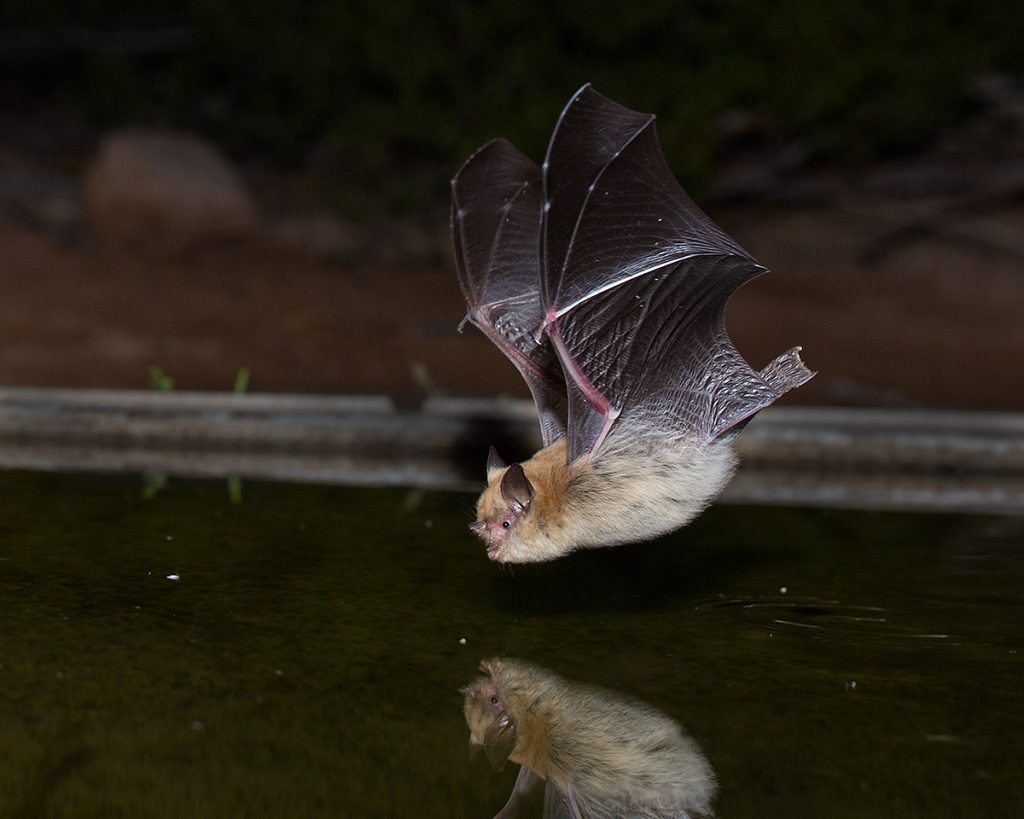

Bird migration is picking up nicely. I’m seeing first of spring Bell’s Vireo, Warbling Vireo, Lucy’s Warbler, Wilson’s Warbler, Bullock’s Oriole, and many more. I went out to Valentine Well a couple of nights ago to try some bat photography. That didn’t work out but I did see a Poorwill. Nights are warming up, no longer do I need four blankets! The lack of rain results in very few wildflowers, unfortunately. It is very dry.


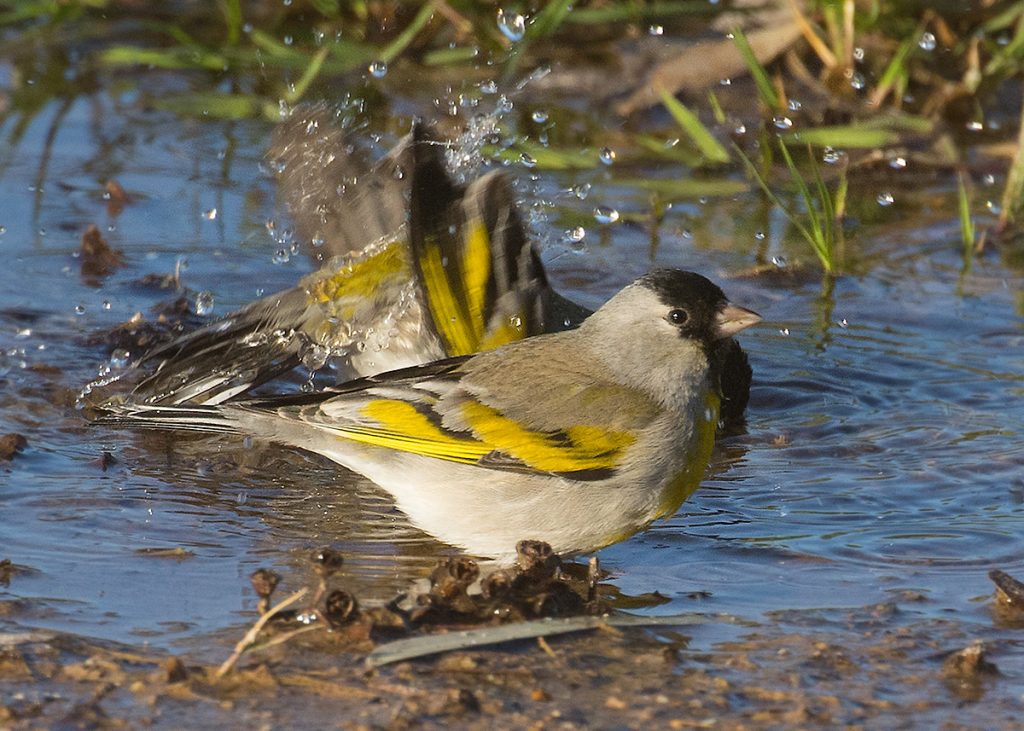


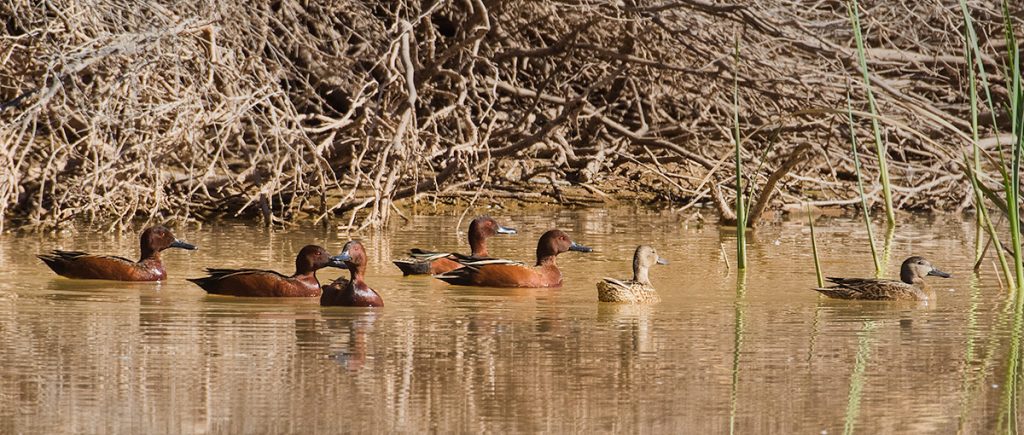
For a long time I’ve been thinking about trying to capture a quasar. I finally found out how to get a couple of them, by imaging a galaxy in Ursa Major, NGC 4151. Quasars are extremely bright young galaxies, at the edges of the universe, so they are far out there. I don’t know exactly how far these two are, but over a billion light years for sure. Here’s a good link to read more about quasars.
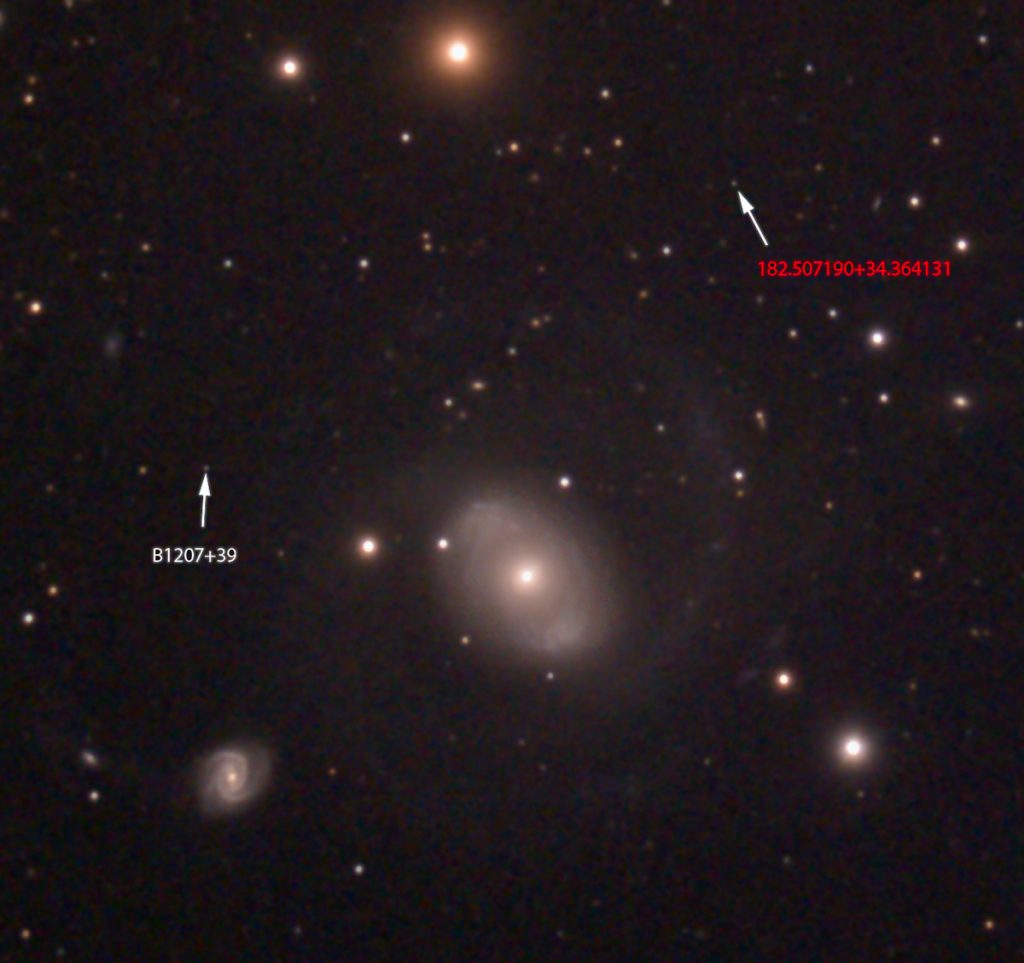

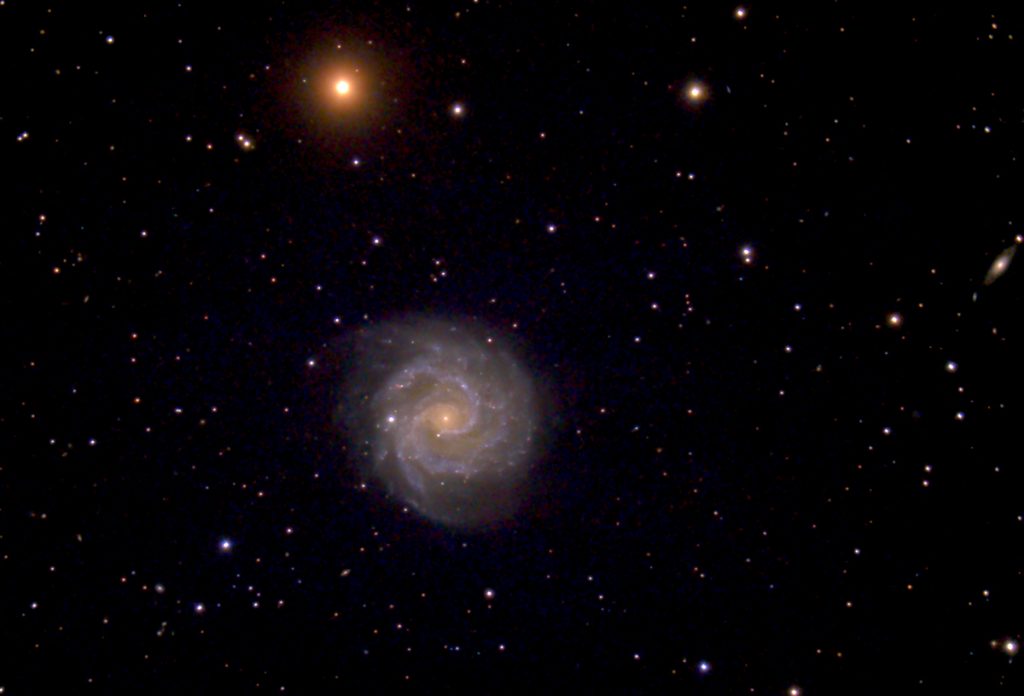
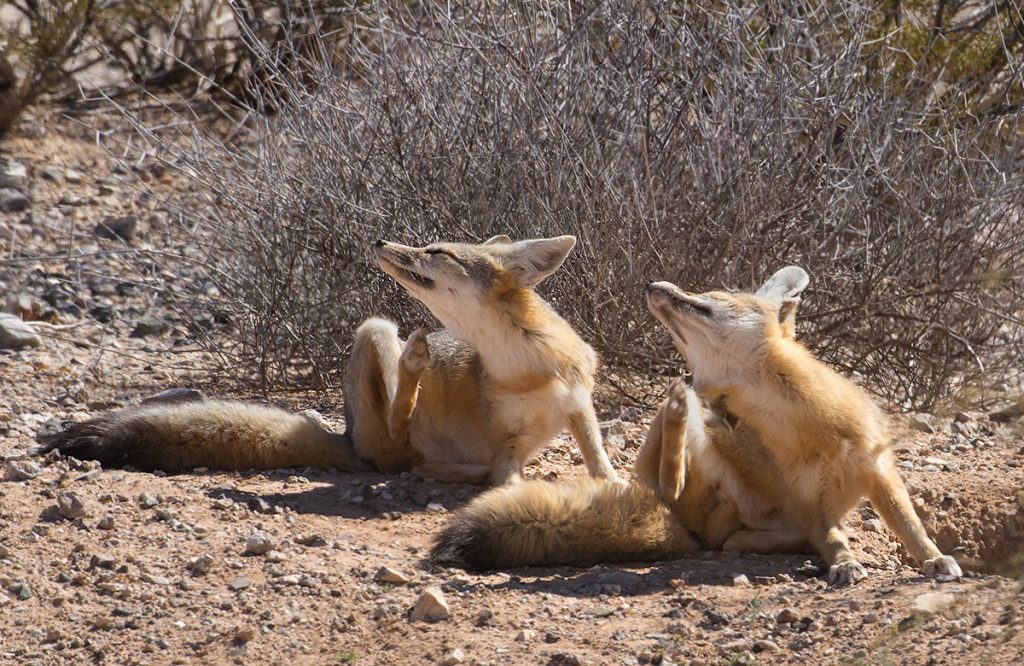
Here it is, March 2, the day of the new moon and all I get is clouds. I’ve only had two good nights for astrophotography so far. At least the area got a little rain, 1/4 to 1/2 inch around the area. The biggest bird excitement was a Laughing Gull at Lake Ajo. Some birders came over from Tucson and for at least one it was an Arizona life bird. I’ve never seen one in Arizona myself. This afternoon I was passing by the Kit Fox den and saw two of the foxes outside taking a nap.
